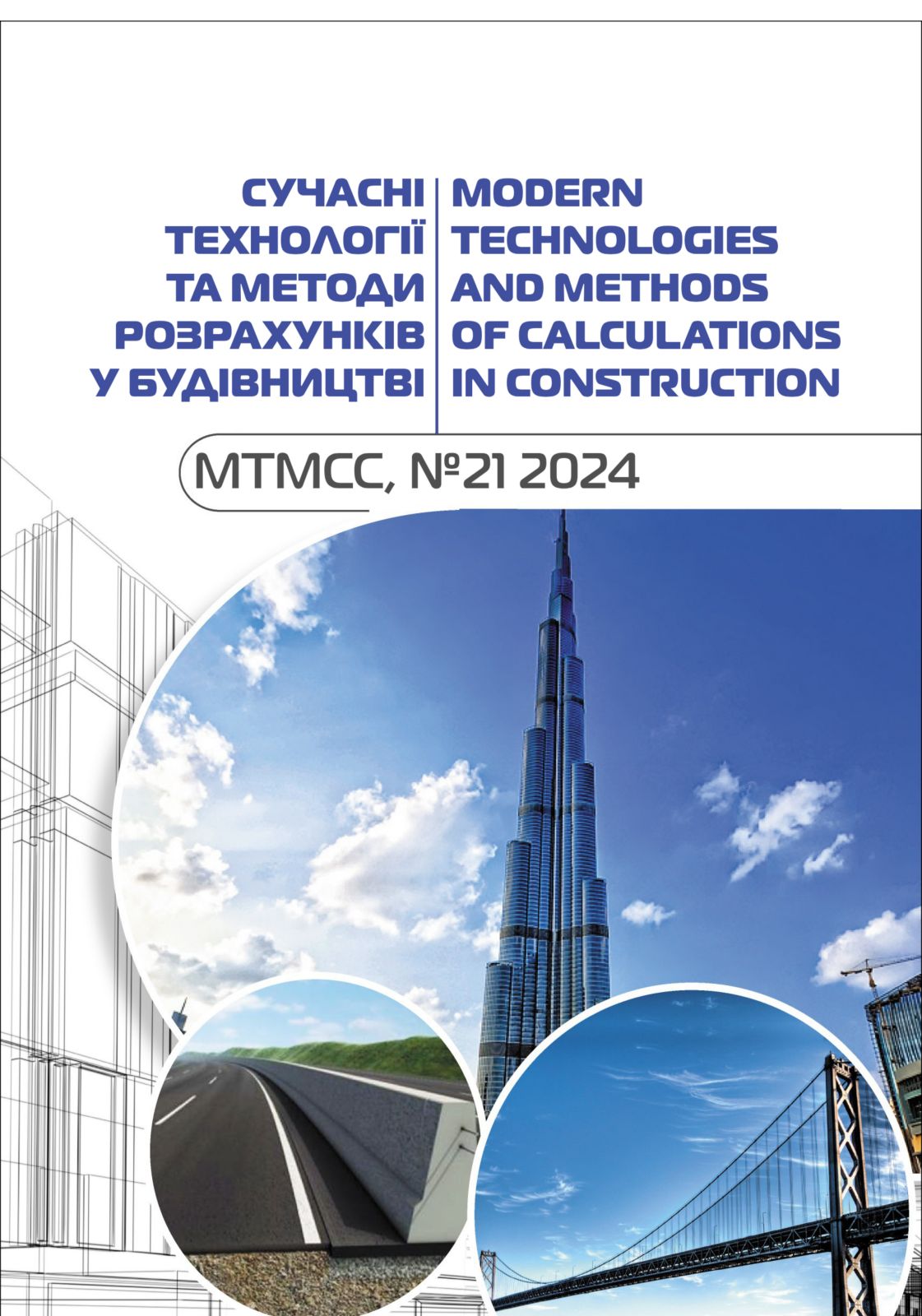Calculation of horizontal distribution drainage pipelines operating in the presence of groundwater level slope
Abstract
The development of a reliable methodology for calculating drainage pipelines in reclamation systems is crucial for enhancing agricultural production efficiency and optimizing the use of water and land resources. The presented materials are based on the results of personal analytical studies of the fundamental mathematical dependencies describing the flow of pressurized fluid in horizontal distribution drainage pipelines operating in the presence of a slope in the groundwater level.
A system of two differential equations is considered, describing the fluid motion in a drainage pipeline with variable flow rate and the conditions of liquid entry from the surrounding soil through the walls of the pipe in filtration mode. The studied pipeline is laid in the presence of a slope in the groundwater level. By introducing new variables, the original system and its solution are presented in a dimensionless form. In this context, the solution of the system depends on three main factors: the resistance factor of the distribution drainage pipeline (ζl); the generalized parameter (A), which comprehensively incorporates the structural and filtering characteristics of the flow; and the slope of the groundwater level (І). The analysis utilizes the concept of an infinitely long drainage pipeline operating in the presence of a slope in the groundwater level, or equivalently, an inclined pipeline with an infinitely permeable side surface. Relatively simple and user-friendly analytical dependencies were derived based on the conducted analysis, enabling the calculation of flow rate variations and pressure drop along the length.
Corresponding graphical dependencies were constructed to simplify the calculations, demonstrating that the geometric slope of the groundwater level, along with the resistance factor and the generalized parameter, significantly influence the calculated parameters of such pipelines.








